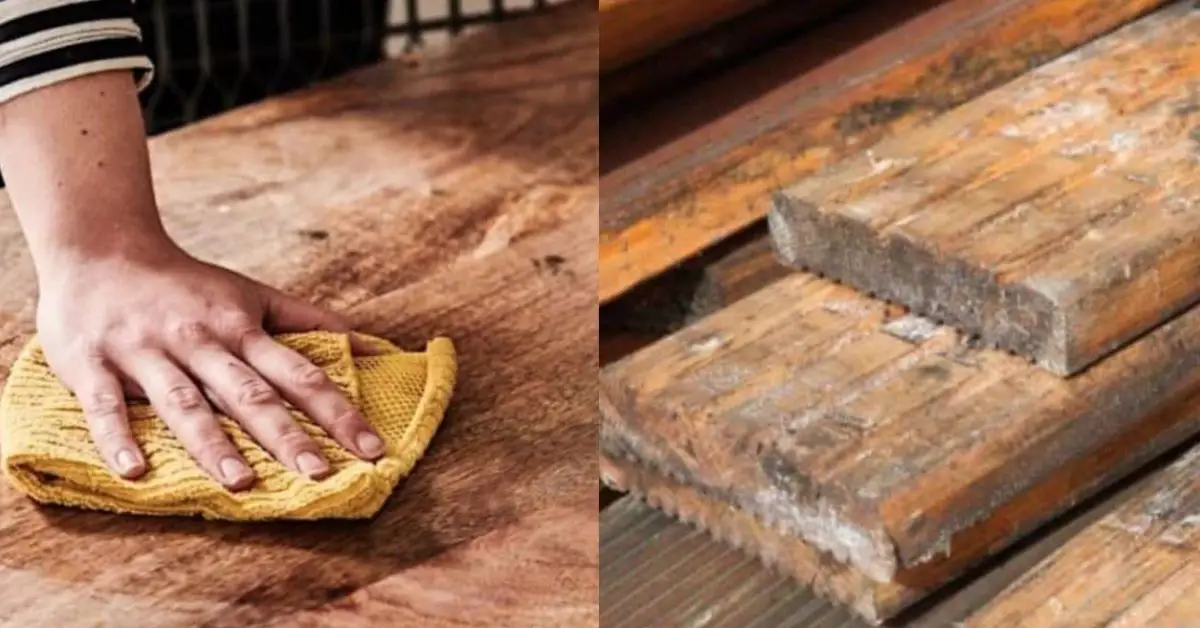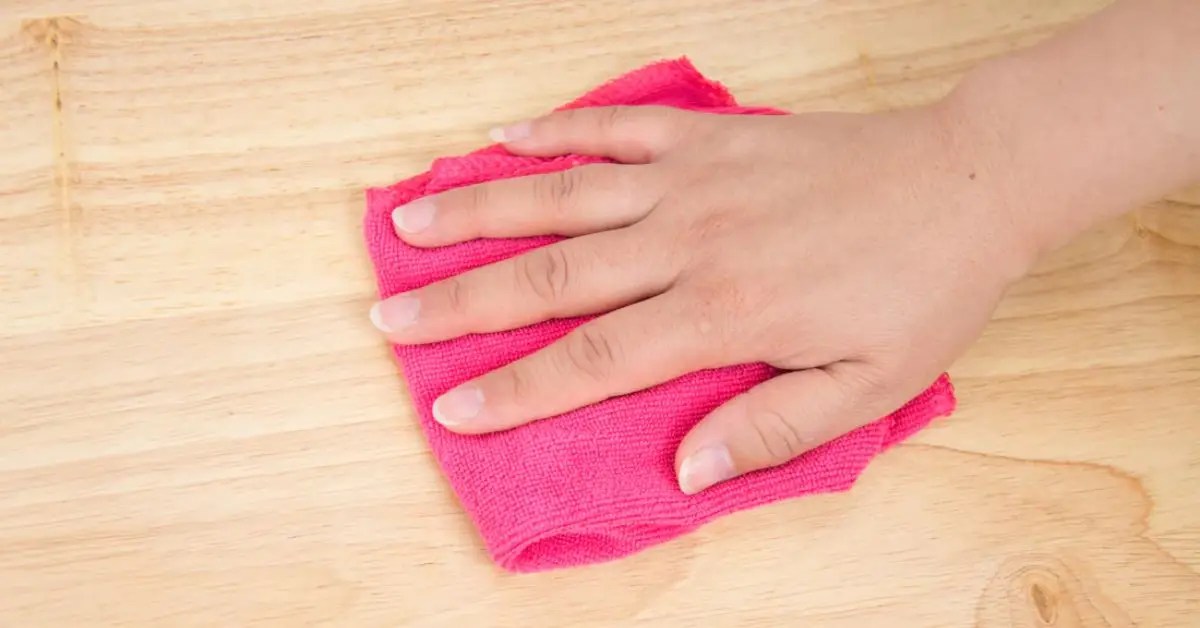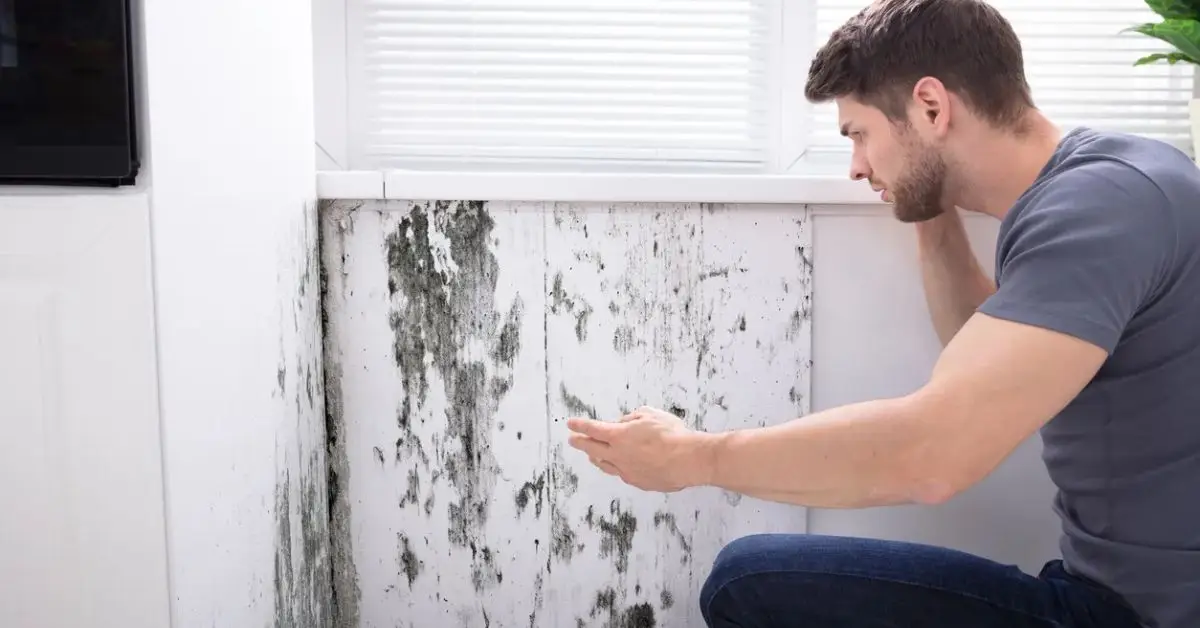Mold on Wood? 7 Easy Solutions You Can Do Yourself
If you’ve ever spotted those dark, fuzzy patches creeping across your wooden furniture or floorboards, you know the sinking feeling that follows. I’ve been there too—wondering if the wood is ruined, if my family’s health is at risk, or if I’ll need to replace an entire piece of furniture. Mold doesn’t just look ugly; it can trigger allergies, breathing problems, and even weaken the wood if you ignore it for too long.
Here’s the good news: getting rid of mold on wood isn’t as scary as it feels—if you know the right approach. The problem is, most advice out there either jumps straight into bleach-heavy solutions or skips over important safety steps that protect your home (and your lungs). What you actually need is a clear, safe, step-by-step way to handle mold without causing more damage in the process.
In this guide, I’ll walk you through seven proven methods I’ve seen work in real homes, from simple natural remedies to more powerful treatments. You’ll learn not just how to kill mold, but how to keep it from coming back—because nobody wants to fight the same battle twice.
So tell me—have you already tried tackling mold yourself, or is this your first time looking for answers?
Safety First – Preparing Before You Remove Mold
Before you grab a spray bottle or sponge, let’s get one thing straight: mold cleanup can expose you to tiny airborne spores that you definitely don’t want in your lungs. That’s why I always start with the right protective gear.
Here’s what I recommend keeping on before you begin:
- Gloves – To keep mold and cleaning chemicals off your skin.
- Mask or respirator – A simple N95 or KN95 goes a long way to block spores.
- Goggles – Mold irritates the eyes, so don’t skip these.
Ventilation matters just as much. Open nearby windows and, if you can, run a fan pointing outward to push contaminated air outside. Trust me, you’ll feel the difference when the space doesn’t get stuffy while you work.
One more thing I’ve learned: sometimes the best safety move is knowing when to stop. If the mold has spread across a wide section of wood (say more than 10 square feet), it’s usually safer—and smarter—to call in professionals. According to the CDC’s mold cleanup guidelines, large-scale mold removal requires special equipment that homeowners usually don’t have.
Another big safety step people overlook is fixing plumbing leaks early. Even a small drip can create the perfect breeding ground for mold. That’s why I always recommend learning 8 plumbing leak fixes every homeowner should know in 2025 before you start tackling mold.
The 7 Proven Methods to Remove Mold From Wood (Step-by-Step)

Now that you’re prepped and safe, let’s get into the actual cleaning. Over the years, I’ve seen seven methods consistently work. Some are gentle enough for a quick wipe-down, while others are heavy-duty for stubborn infestations.
1. Soap and Water – Best for Light Mold
If the mold patch is small and hasn’t sunk deep, start simple.
How to do it:
- Mix mild dish soap with warm water.
- Dip a soft cloth or sponge and scrub gently.
- Wipe dry immediately to prevent more moisture.
I use this for new or surface-level spots—it’s non-toxic and keeps the wood safe.
2. Vinegar Solution – Eco-Friendly and Effective
Vinegar is one of my go-to remedies because it kills mold naturally without harsh fumes.
Steps:
- Pour white vinegar into a spray bottle (undiluted works best).
- Spray directly on the moldy area.
- Leave it for about an hour, then wipe with a clean cloth.
It might smell strong for a while, but it’s safe around pets and kids.
3. Baking Soda Spray – Deodorize + Kill Mold
When mold leaves behind that musty smell, baking soda comes to the rescue.
How to use:
- Mix 1 teaspoon baking soda with 2 cups of water.
- Shake well and spray onto the wood.
- Scrub gently, then dry the surface.
This not only kills mild mold but also neutralizes odors, which vinegar alone doesn’t always fix.
4. Hydrogen Peroxide – Deep Cleaning Power
If the mold has started seeping into the wood grain, hydrogen peroxide is more effective than vinegar.
Steps:
- Use a 3% hydrogen peroxide solution.
- Spray it directly and let it sit for 10–15 minutes.
- Scrub lightly and wipe clean.
It also helps lighten mold stains, so the wood looks fresher.
5. Borax Solution – Long-Term Prevention
Borax is different from bleach because it doesn’t just kill mold—it stops it from coming back.
Recipe & application:
- Mix 1 cup of borax with 1 gallon of water.
- Apply the solution with a sponge or cloth.
- Don’t rinse it off—leaving a thin layer behind helps prevent regrowth.
I always recommend this for places that tend to stay damp.
6. Sanding – For Stubborn Mold Spots
Sometimes mold digs too deep, and no spray can fix it. That’s when sanding works.
How to do it safely:
- Wear a proper mask (dust + mold spores = bad combo).
- Use fine-grit sandpaper and lightly sand only the affected area.
- Clean dust with a vacuum fitted with a HEPA filter.
This removes embedded mold but should be a last resort since it strips the wood’s surface.
7. Commercial Mold Cleaners – When You Need Heavy Duty Help
If DIY methods don’t cut it, there are commercial products designed for wood.
Pros:
- Stronger, faster results.
- Some eco-friendly formulas available now.
Cons:
- More expensive.
- Some contain harsh chemicals, so check labels carefully.
I only turn to these if natural methods fail or if the mold has already stained large areas.
Eco-Friendly vs Chemical Solutions – Which One Should You Choose?
Whenever I deal with mold, my first thought is always: do I need chemicals, or can I get away with natural remedies? The answer depends on how severe the mold is and what you’re comfortable using inside your home.
Natural remedies (vinegar, baking soda, borax):
- Pros:
- Non-toxic and safe around kids and pets
- Affordable and easy to find
- Gentle on wood surfaces
- Cons:
- May take multiple applications
- Not as effective for deeply embedded mold
Chemical solutions (hydrogen peroxide, commercial cleaners):
- Pros:
- Kill mold faster and more thoroughly
- Useful for larger infestations
- Cons:
- Can release fumes if not ventilated properly
- Some may damage finishes or stain wood
I personally start with natural methods whenever possible, but I won’t hesitate to switch to stronger cleaners if mold keeps coming back. According to the EPA’s guidance on mold cleanup, small areas are fine to handle yourself, but chemicals or professionals may be needed for tougher cases.
The balance comes down to safety, cost, and effectiveness. Think about your household—if you have kids or pets running around, eco-friendly may be the best first step.
Preventing Mold from Coming Back
Removing mold is only half the job—the real win is making sure it doesn’t return. I’ve learned the hard way that if you don’t fix the root cause, mold will sneak back sooner than you think.

Here’s what works:
- Keep wood dry: Use dehumidifiers in damp rooms, open windows, and let in sunlight when possible. Mold thrives in dark, moist spaces.
- Protective coatings: A good wood sealant creates a barrier against moisture. This is especially useful for furniture near windows or bathrooms.
- Regular inspection: Check corners, under rugs, and behind furniture every few months. Catching small spots early saves you a major headache later.
Kitchens especially are tricky, because they hide more bacteria and mold triggers than you might expect. If you haven’t already, take a look at 9 hidden germ havens in your kitchen and how to clean them fast to make sure you’re not missing any spots.
The CDC’s mold prevention tips emphasize drying wet materials within 24–48 hours. If you can build that habit, you’ll drastically cut the chance of mold growth.
Common Mistakes People Make (and How to Avoid Them)
When it comes to mold cleanup, I’ve seen people repeat the same mistakes over and over—and it usually makes the problem worse.
1. Using bleach on porous wood: Bleach might look like it’s working, but it only kills mold on the surface. The roots inside the wood survive, meaning it will come back quickly.
2. Ignoring hidden mold: Just because you can’t see it doesn’t mean it’s not there. Mold often hides behind furniture, under carpets, or inside wall cavities. A musty smell is usually your first clue.
3. Over-wetting the wood: Too much water while cleaning makes things worse. Mold loves moisture, and soaking the wood can actually feed it instead of killing it. Always wipe dry right after cleaning.
A lot of these mistakes actually come from habits at home—like ignoring leaks or storing things the wrong way. If you want to dive deeper, check out our guide on 10 common mistakes that invite mold into your home and how to avoid them.
If you avoid these mistakes, you’ll save yourself time, money, and the frustration of fighting the same battle twice.
When to Call a Professional

Sometimes you have to be honest with yourself—DIY isn’t always enough. I’ve learned that mold can dig deeper into wood than it looks on the surface.
Here are the signs you shouldn’t ignore:
- Mold covers more than 10 square feet.
- The wood feels soft, warped, or crumbles when touched.
- You’ve tried cleaning before and the mold keeps coming back.
- Strong musty odor remains even after cleaning.
When that happens, DIY solutions can end up costing you more in the long run. A professional will not only remove the visible mold but also identify moisture problems causing it.
What to look for in a pro:
- Certification from the IICRC (Institute of Inspection Cleaning and Restoration Certification).
- Experience with wood surfaces specifically (not just drywall or carpet).
- Clear estimate of both cost and scope before starting.
Yes, hiring an expert costs more upfront, but it reduces the risk of health issues and expensive repairs later. Think of it as an investment in your home’s safety.
The 7 Safe Methods at a Glance
If you’re skimming or just need a refresher, here are the seven methods again in quick form:
- Soap and water – gentle for light mold.
- Vinegar – natural and eco-friendly.
- Baking soda – removes mold + odor.
- Hydrogen peroxide – deeper clean, lightens stains.
- Borax – kills and prevents regrowth.
- Sanding – for stubborn embedded mold.
- Commercial cleaners – heavy-duty option when DIY fails.
This list makes it easy to match the method with your situation without scrolling back and forth.
Final Thoughts
Dealing with mold on wood can feel overwhelming at first—but you’ve seen now that you have options. With the right prep and the right method, you can handle most mold safely without damaging your home.
Remember, the real key isn’t just cleaning—it’s prevention. Keep the wood dry, watch for early signs, and don’t be afraid to step back and call a pro if it’s beyond your reach.
At the end of the day, this is about taking back control of your space before mold takes it from you.
I’d love to hear from you—have you ever tried removing mold from wood yourself? Which method worked best for you?
Want more DIY fixes and smart home care ideas? Visit Build Like New for expert-backed solutions you can trust.
Disclaimer: This article is for informational purposes only and does not replace professional advice. If mold growth is extensive or causing health issues, consult a certified professional for safe removal.


